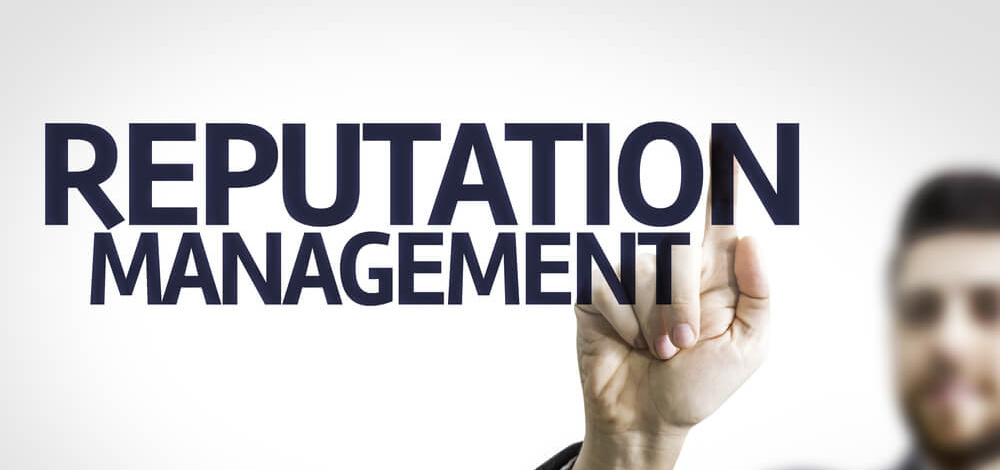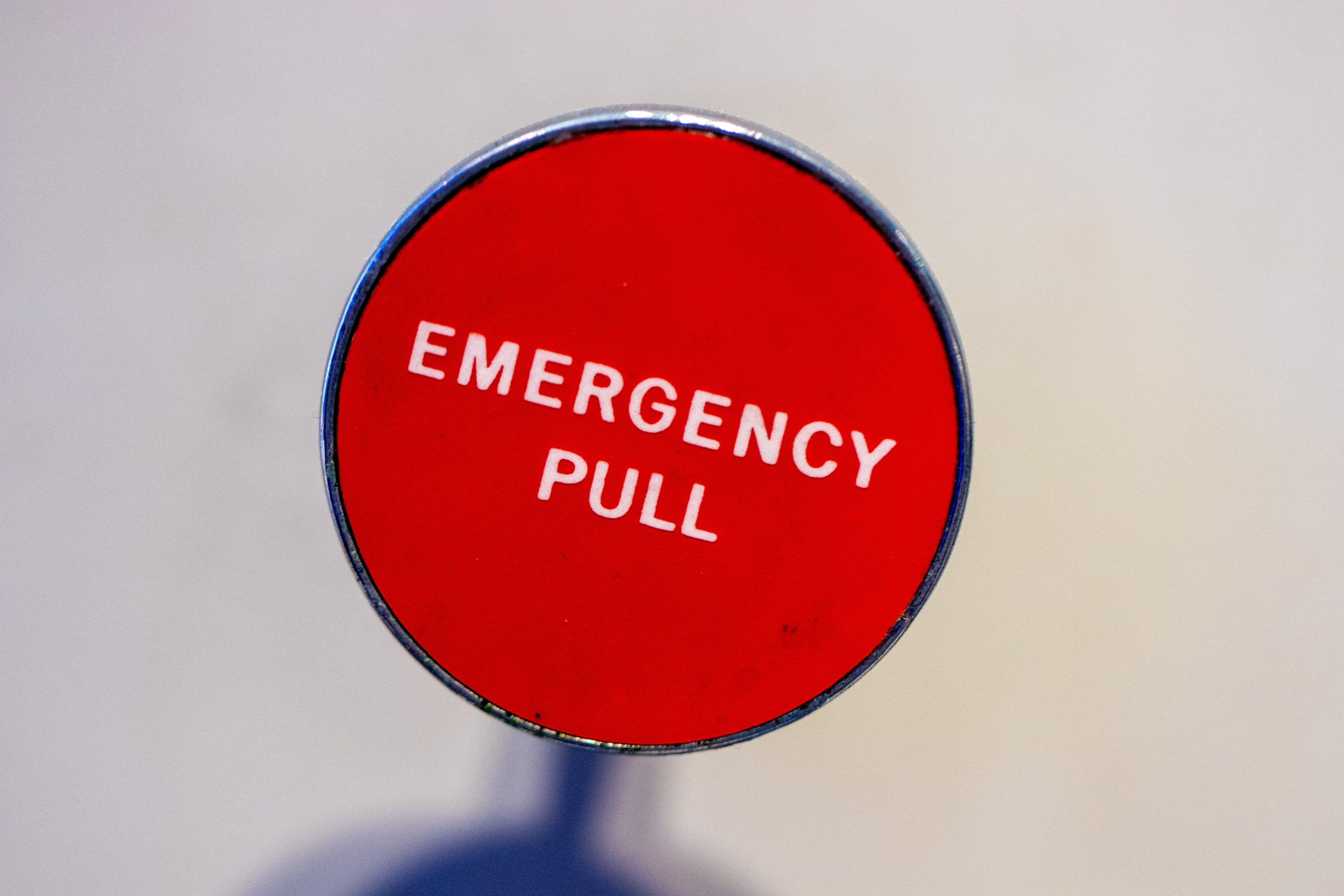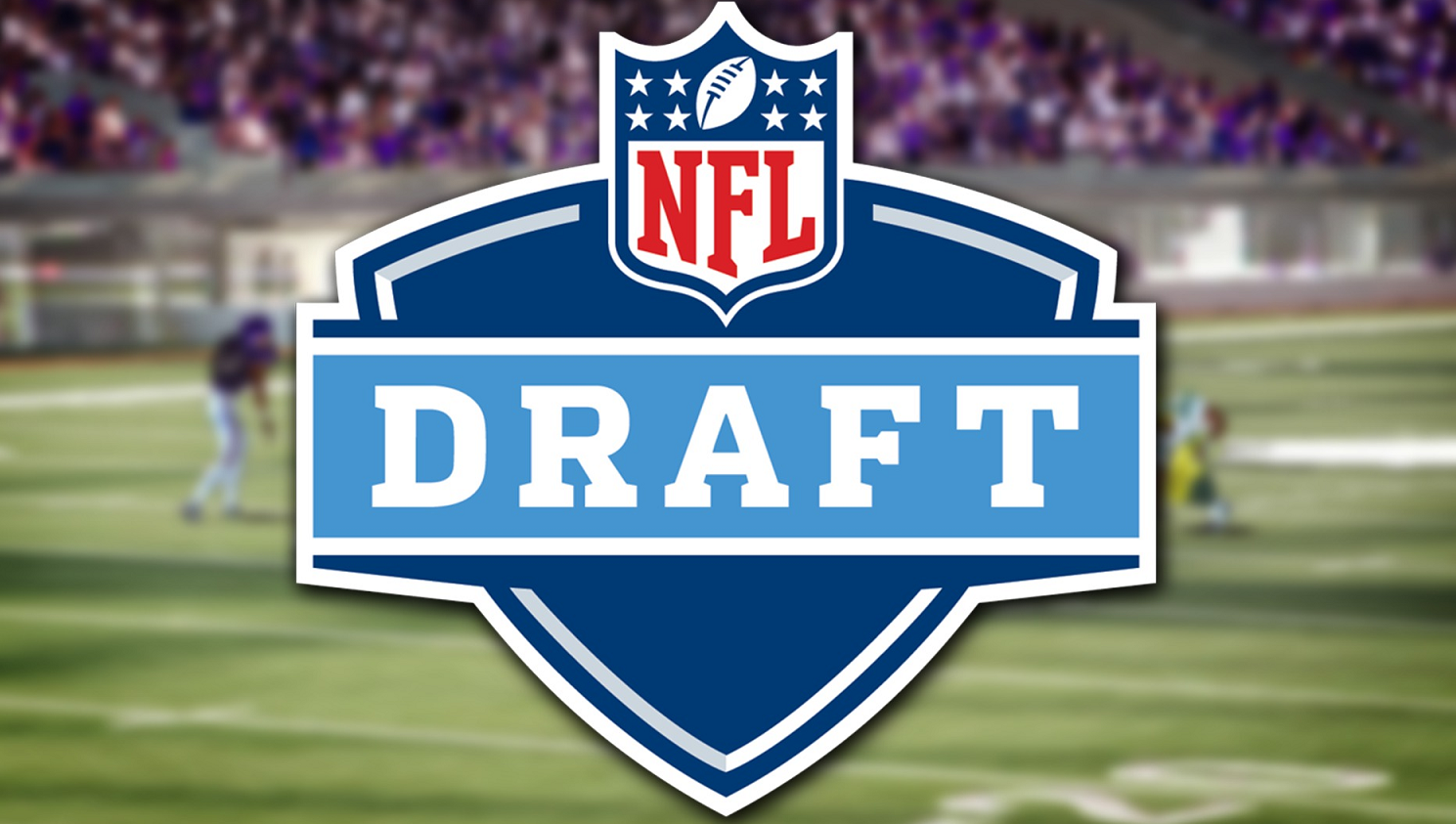The terms “public relations” and “reputation management” are sometimes used interchangeably. Yet, although they’re often intertwined, they are distinct.
Gartner defines reputation management as “the practice of influencing stakeholder perceptions and public conversations about an organization and its brands.” And public relations can be described as “the professional maintenance of a favorable public image.” Public image and reputation are close, and in both cases the goal is a more positive one.
So what is the difference between PR and reputation management?
Reputation management tends to touch a number of business functions, including legal, customer experience, sales, marketing, and — of course, communications. PR, on the other hand, is typically part of either marketing or communications (though we know PR can help drive sales and support other business functions as well).
While the approaches may differ, PR and reputation management are two paths to the same destination. That’s why some reputation management firms offer PR services and PR agencies often address reputation management. Anyone considering how to influence stakeholder perception and drive conversation around a brand would be wise to consider both.
As a B2B tech PR firm with an understanding of how to use strategic public relations to impact brand positioning, our team frequently examines the intersection between PR and reputation management. Here are four posts from our agency founder, Dorothy Crenshaw, on PR and brand reputation, and how PR can protect and drive the latter.
Ways To Safeguard Brand Reputation
Most companies will never experience a large-scale brand reputation crisis — that’s the good news. But as Dorothy Crenshaw points out in this blog post, the “drip-drip-drip of customer complaints, employee dissatisfaction, or competitive attacks can erode a brand’s good standing over time.”
What can be done to help stop minor problems from building up and negatively impacting brand reputation? From shoring up customer service to conducting a reputation audit, Dorothy shares seven practical ways to safeguard brand reputation.
How To Turn Bad Publicity Into Good PR
Contrary to how the saying goes, not all PR is not good PR. However, as Dorothy explains, bad publicity can, paradoxically, “wake up a brand’s loyalists.” There are ways to turn bad publicity into a net gain.
If you’re looking to use bad PR to improve brand reputation, here are a few techniques to apply.
Ways To Crisis-Proof Your Brand
There’s nothing like a crisis to show how fragile a public image can be. Yes, it’s possible to come back from a reputation-damaging, PR crisis situation, but most who have been there would agree: It’s better to prevent the situation in the first place.
As Dorothy explains, “While there’s no way to truly ‘crisis-proof’ a corporation or a brand,” there are steps that can make a crisis situation less likely, and help make the impact on brand reputation less severe. Take a look at Dorothy’s seven tips to crisis-proof your brand.
Brand Ambassador And Reputation Risk: A Guide For PR
The PR benefits of having a living, breathing spokesperson can be enormous. At the same time, a brand ambassador introduces certain risks to a brand’s reputation. Those risks aren’t there when a cartoon character or actor fills that role. After all, as we’ve seen with brands like Subway or the many endorsers of Tiger Woods, the actions of a real-life human spokesperson can betray a brand.
So how to manage the brand reputation risks presented by introducing a brand ambassador? As Dorothy explains in this post, “No strategy is foolproof, but there are some steps that can help prevent a reputation meltdown.”
Concerned with reputation management for your brand? Contact us to learn how we can help build a PR program to influence stakeholder perception.





 seems defensive in doing so. Tesla goes on to
seems defensive in doing so. Tesla goes on to  After an emergency landing in which a passenger was killed on April 17, Southwest released an initial statement on social media and its press page saying it was gathering information about the situation. Unlike Tesla, Southwest made the simple acknowledgement, showing that the situation had its attention and showing concern for loved ones seeking information. The
After an emergency landing in which a passenger was killed on April 17, Southwest released an initial statement on social media and its press page saying it was gathering information about the situation. Unlike Tesla, Southwest made the simple acknowledgement, showing that the situation had its attention and showing concern for loved ones seeking information. The 









